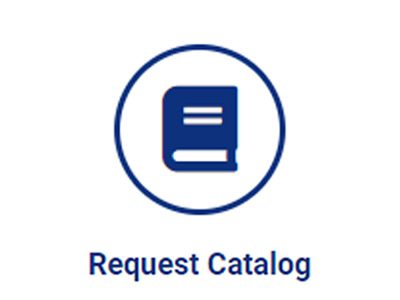“The Single-Operator Multiparameter Metabolic Analyzer for Total Carbon Dioxide with Coulometric Detection” DOE Research Summary Oak Ridge, TN: Carbon Dioxide Analysis Center, Oak Ridge National Laboratory. No. 19, Sept. 1992.
Johnson, Kenneth M. and Douglas W. R. Wallace.
The U.S. Department of Energy has undertaken support of a global survey of the distribution of CO2 in the oceans. This will take advantage of the unprecedented sampling opportunities provided by the World Ocean Circulation Experiment: World Hydrographic Program (WOCE-WHP) being conducted in the Pacific, Atlantic, Indian and Southern Oceans through 1995 and beyond. Goals of the survey include the collection of a data set of sufficient accuracy and spatial resolution to allow transport of inorganic carbon within an ocean to be measured in a manner analogous to estimation of oceanic heat transport (Bryden and Hall 1980; Roemmich and Wunsch 1985; Brewer et al. 1989) and continued monitoring of fossil-fuel CO2 build-up in the ocean. The analytical method selected for total carbon dioxide (CT) is continuous gas extraction of acidified seawater, with coulometric titration of the acid formed by the resultant carbon dioxide and monethanolamine (Johnson et al. 1985; DOE 1991). The survey goals require a CT determination accurate to 0.05% or 1.0 µmol/kg for oceanic levels of ≥2000 µmol/kg. An automated instrument is required for the thousands of samples anticipated for the WOCE program, and this need prompted DOE’s Environmental Sciences Division to fund the construction, distribution, and certification of five single-operator multiparameter metabolic analyzers (SOMMA systems) for evaluation as a sea-going standard instrument.
The SOMMA (Fig. 1) is manufactured at the Equipment Development Laboratory (EDL) of the University of Rhode Island’s Graduate School of Oceanography under the supervision of Dr. John King and David Butler. It is a sea-going, automated dynamic pipette is calibrated gravimetrically using degassed deionized water at known temperatures. Physical losses and departures from 100% current efficiency are measured by the gas calibration procedure described above. Finally, extraction efficiency is checked by analyzing certified reference materials (CRMs). The CRM prepared by Dr. Andrew Dickson of the Scripps Institution of Oceanography (see DOE 1991), are either sterile salt solutions or filtered seawater samples spiked with sodium bicarbonate and analyzed by vacuum extraction/manometry in the laboratory of Dr. Charles D. Keeling.




